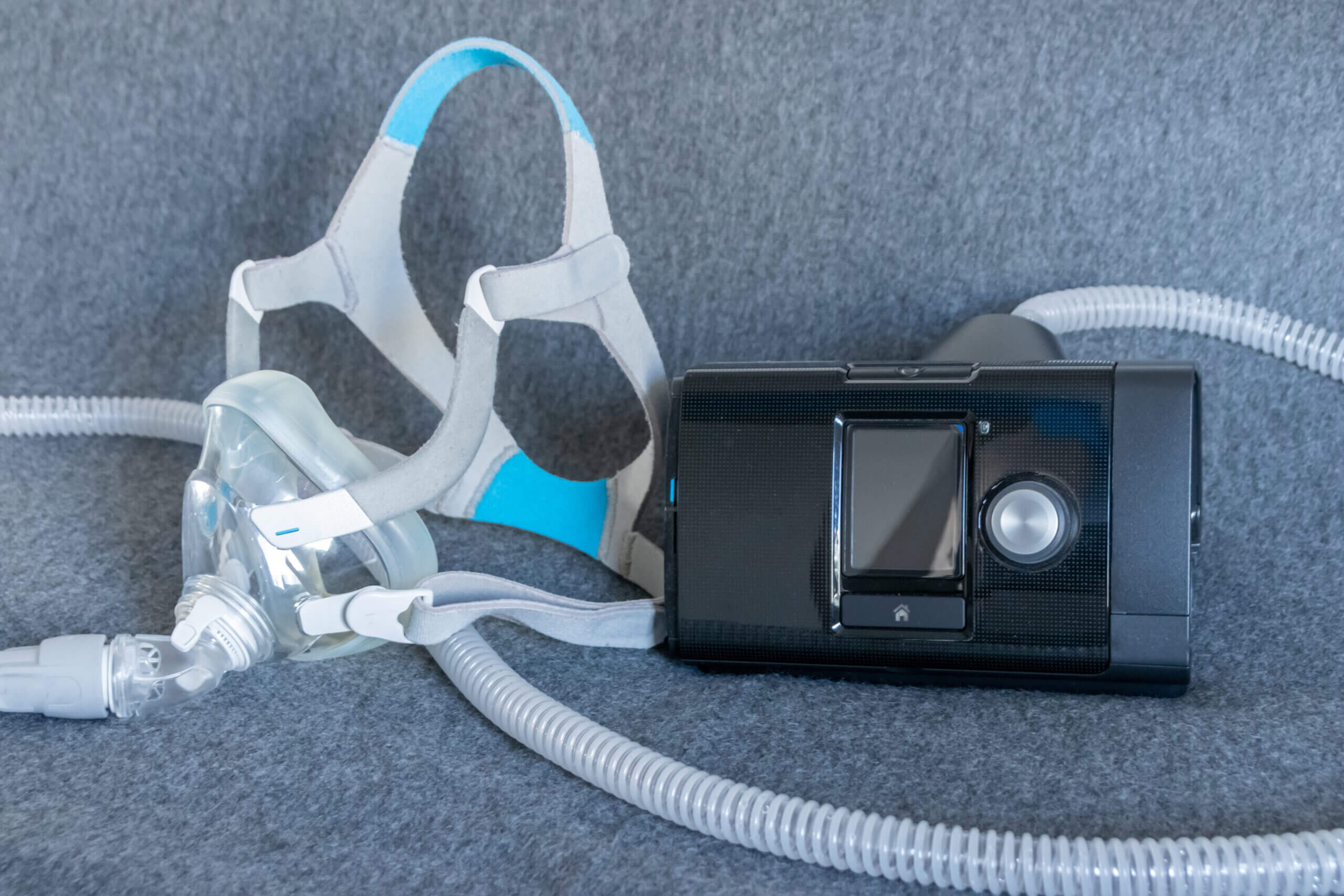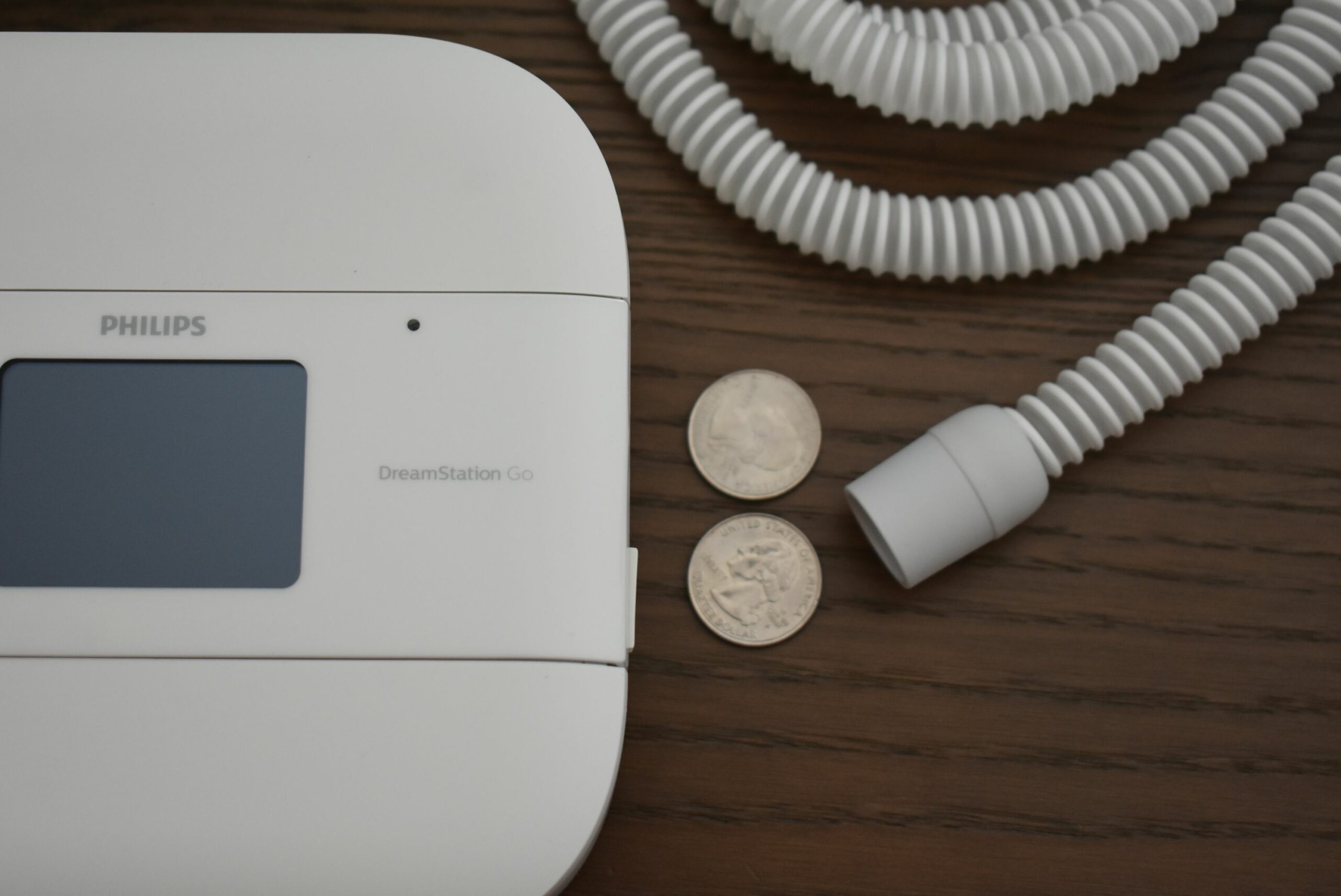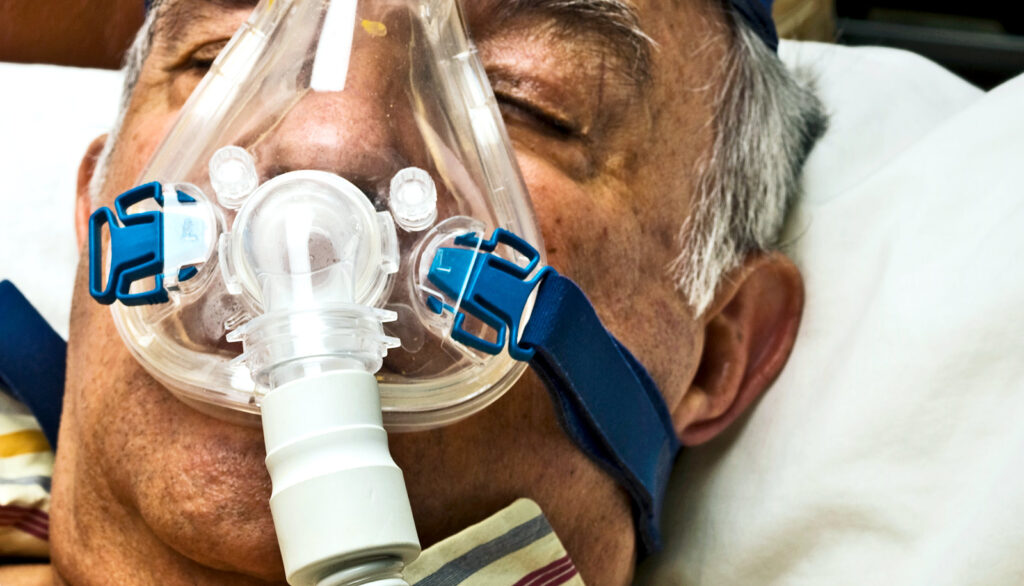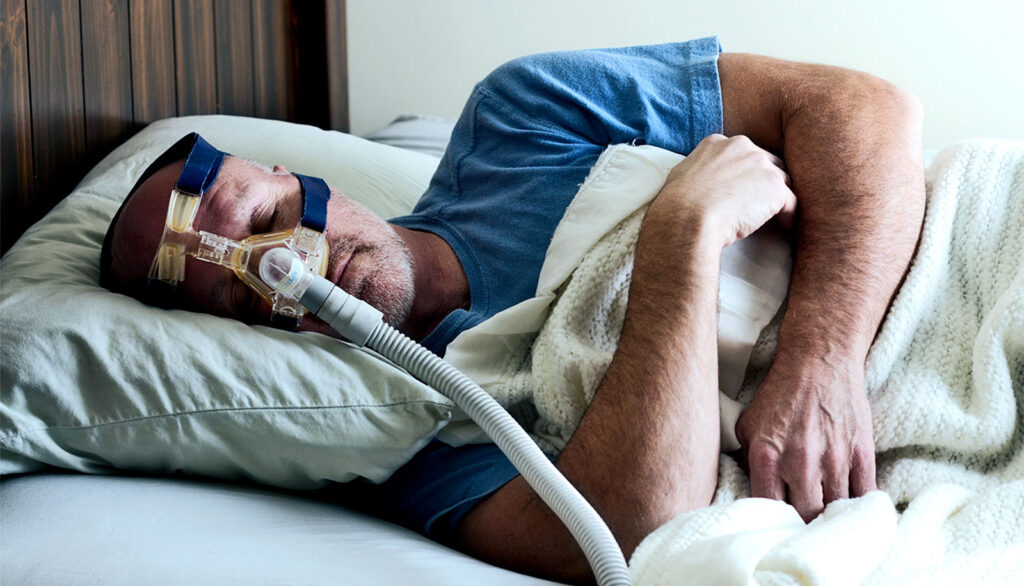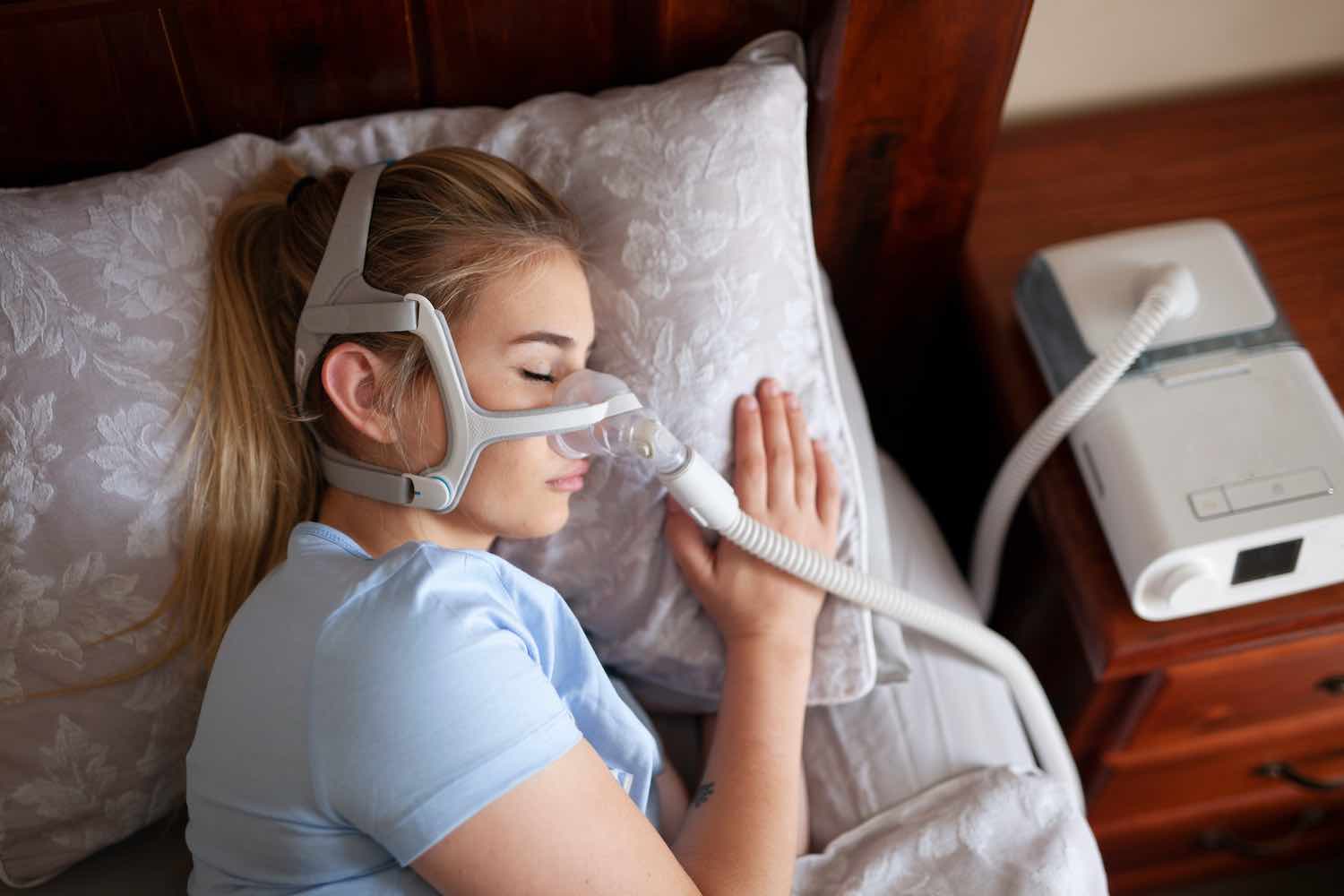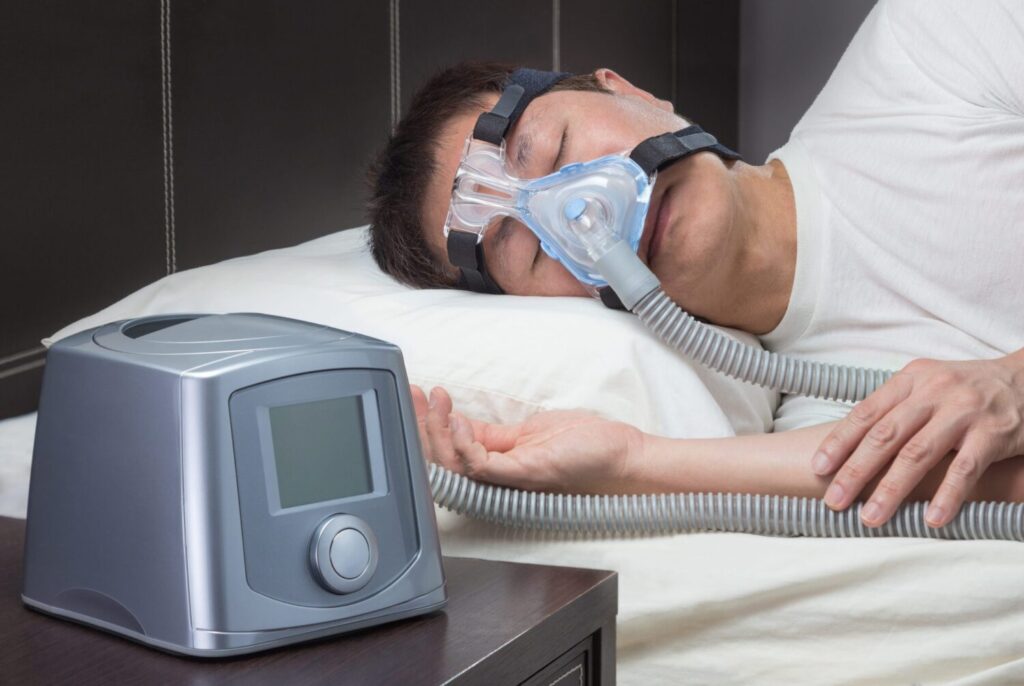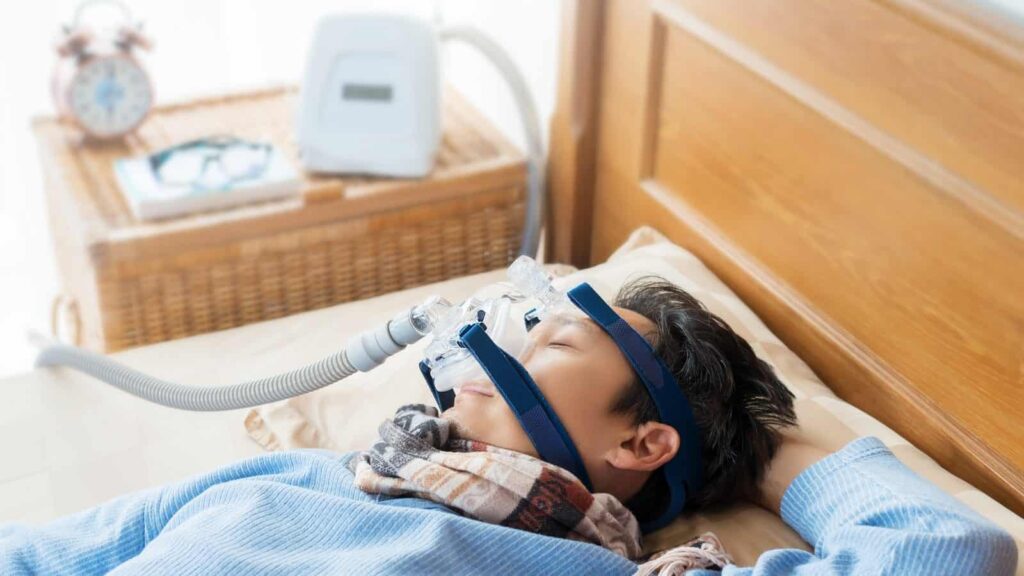In today’s fast-paced world, maintaining good respiratory health is crucial for overall well-being. Our respiratory system plays a vital role in supplying oxygen to our bodies and expelling harmful carbon dioxide. However, many individuals are unaware of the importance of good respiratory health and the impact it can have on their daily lives. This article aims to shed light on the significance of respiratory health and introduce an innovative solution – the ResMed AirMini – that empowers individuals to improve their respiratory health and sleep apnea treatment.
Understanding Respiratory Health
Before delving into the ResMed AirMini Advantage, it is essential to have a clear understanding of respiratory health. The respiratory system consists of various organs, including the lungs, bronchi, trachea, and diaphragm, which work together to facilitate the process of respiration. Inhaling fresh air ensures the delivery of oxygen to our organs, while exhaling expels carbon dioxide. Optimal respiratory health supports our body’s ability to function efficiently and maintain overall well-being.
The respiratory system is a complex network of organs and tissues that play a vital role in our everyday lives. The lungs, for example, are spongy, air-filled organs that are responsible for the exchange of oxygen and carbon dioxide. They are made up of tiny air sacs called alveoli, which are surrounded by blood vessels. When we inhale, the diaphragm contracts and the chest cavity expands, allowing air to enter the lungs. The oxygen from the inhaled air is then transferred to the bloodstream, while carbon dioxide is removed and exhaled.
The Importance of Good Respiratory Health
Having good respiratory health is crucial for several reasons. Firstly, it directly impacts the body’s oxygen supply, which is essential for energy production and other vital functions. Without sufficient oxygen, our cells cannot perform at their best, leading to fatigue and decreased overall performance.
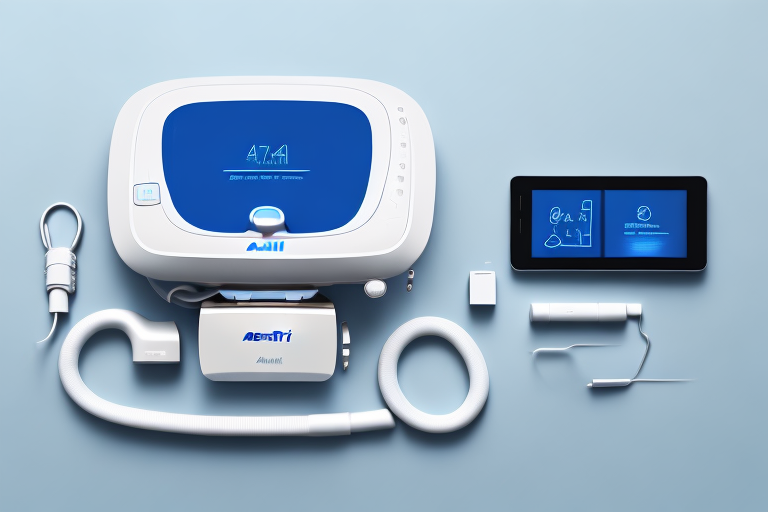
Secondly, a healthy respiratory system helps to filter and remove harmful particles and toxins from the air we breathe, protecting our body from potential health hazards. The nose and airways are lined with tiny hairs called cilia, which help to trap dust, pollen, and other airborne particles. Additionally, the mucus produced by the respiratory system helps to trap and remove these particles, preventing them from entering the lungs and causing damage.
Finally, good respiratory health promotes efficient airflow, allowing for effective oxygen distribution and minimizing the strain on other organs. When the respiratory system is functioning optimally, the heart doesn’t have to work as hard to pump oxygenated blood throughout the body. This reduces the risk of cardiovascular problems and ensures that all organs receive the oxygen they need to function properly.
Common Respiratory Conditions and Their Impact
Unfortunately, various respiratory conditions can hinder optimal respiratory health. One of the most common conditions is asthma, which causes inflammation and narrowing of the airways, leading to wheezing, coughing, and shortness of breath. Another common condition is chronic obstructive pulmonary disease (COPD), a progressive lung disease that makes it difficult to breathe. COPD is often caused by long-term exposure to irritants such as cigarette smoke or air pollution.
Bronchitis is another respiratory condition that affects the bronchial tubes, causing them to become inflamed and produce excess mucus. This can lead to a persistent cough and difficulty breathing. Sleep apnea, on the other hand, is a sleep disorder characterized by pauses in breathing during sleep. This condition can disrupt sleep patterns and lead to daytime fatigue and other health problems.
These respiratory conditions can significantly impair lung function, decrease oxygen intake, and impact overall quality of life. People with these conditions often experience limitations in physical activity and may require medication or other interventions to manage their symptoms. Recognizing the signs and symptoms of these conditions is essential for early detection and prompt intervention, allowing individuals to receive the necessary treatment and support to improve their respiratory health.
Introduction to ResMed AirMini
Amidst the challenges posed by respiratory conditions, the ResMed AirMini emerges as a groundbreaking solution that aims to optimize respiratory health and enhance sleep apnea treatment. This compact device is designed to provide individuals with an effective and convenient way to manage their respiratory health from the comfort of their homes.
Respiratory conditions can significantly impact an individual’s quality of life, making it difficult to perform daily activities and enjoy restful sleep. However, with the ResMed AirMini, individuals can regain control over their respiratory health and experience improved sleep patterns.
Developed by ResMed, a global leader in sleep technology, the AirMini is the result of extensive research and innovation. Its advanced features and user-friendly design make it a game-changer in the field of respiratory care.
What is ResMed AirMini?
The ResMed AirMini is a portable respiratory device that utilizes advanced technology to deliver a steady flow of pressurized air directly into the user’s airways. This continuous positive airway pressure (CPAP) therapy helps to keep the airways open during sleep and prevents interruptions in breathing.
Sleep apnea, a condition characterized by brief pauses in breathing during sleep, can have serious health consequences if left untreated. The AirMini offers a non-invasive and effective solution for individuals suffering from sleep apnea, allowing them to breathe freely and enjoy uninterrupted sleep.
With its compact size and lightweight design, the AirMini is perfect for individuals who are always on the go. Whether traveling for work or leisure, users can easily carry the device in their bags or suitcases, ensuring that their respiratory health is never compromised.
Key Features of ResMed AirMini
The ResMed AirMini is packed with features that set it apart from other respiratory devices on the market. Firstly, its compact and lightweight design makes it highly portable, allowing users to carry it effortlessly wherever they go.
Despite its small size, the AirMini does not compromise on performance. It utilizes smart technology to monitor and adjust the pressure settings automatically, ensuring optimal therapy throughout the night. This means that users can rest assured knowing that their respiratory health is being taken care of, even without constant manual adjustments.
In addition to its smart technology, the AirMini also offers a user-friendly interface, making it easy for individuals to personalize their sleep settings according to their preferences. The device features a clear and intuitive display, allowing users to navigate through the various options effortlessly.
Furthermore, the AirMini is compatible with a range of masks, ensuring that users can find the perfect fit for their individual needs. Whether they prefer a nasal mask, nasal pillows, or a full-face mask, the AirMini can accommodate their preferences, providing a comfortable and effective therapy experience.
ResMed understands that respiratory health is not a one-size-fits-all solution, which is why the AirMini offers a range of accessories and add-ons. From humidification systems to travel cases, users can customize their AirMini experience to suit their unique requirements.
With its innovative features and commitment to user convenience, the ResMed AirMini is revolutionizing the way individuals manage their respiratory health. By providing a portable and effective solution, it empowers individuals to take control of their sleep apnea and enjoy a better quality of life.
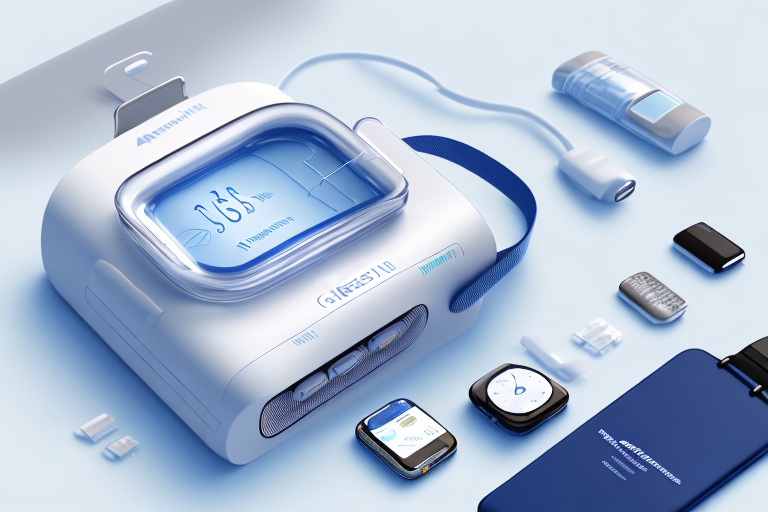
The ResMed AirMini Advantage
The ResMed AirMini offers numerous advantages that make it a preferred choice for individuals seeking to improve their respiratory health and manage sleep apnea effectively. Let’s take a closer look at how the ResMed AirMini empowers individuals to embrace a healthier lifestyle.
One of the key advantages of the ResMed AirMini is its compact and portable design. Unlike traditional sleep apnea machines, which can be bulky and cumbersome, the AirMini is small enough to fit in the palm of your hand. This makes it incredibly convenient for individuals who travel frequently or have limited space in their bedrooms. Whether you’re going on a business trip or a vacation, you can easily bring the AirMini along and continue your sleep apnea treatment without any disruptions.
In addition to its portability, the ResMed AirMini is also equipped with advanced technology that enhances respiratory health. The device utilizes a sophisticated algorithm to monitor your breathing patterns and adjust the air pressure accordingly. This ensures that you receive the optimal level of pressurized air throughout the night, maximizing the effectiveness of your sleep apnea treatment. With the AirMini, you can rest assured knowing that your respiratory health is being carefully monitored and supported.
How ResMed AirMini Enhances Respiratory Health
The ResMed AirMini works by providing a constant and regulated flow of pressurized air throughout the night. This reduces the risk of interruptions in breathing, allowing users to experience uninterrupted and restful sleep. By optimizing respiratory health during sleep, individuals can wake up feeling refreshed and rejuvenated, ready to tackle the day’s challenges.
Furthermore, the AirMini is designed to be user-friendly, with intuitive controls and a user-friendly interface. Setting up the device and adjusting the settings to suit your individual needs is quick and easy, ensuring a hassle-free experience. Additionally, the AirMini is compatible with a range of masks, allowing users to choose the one that provides the best fit and comfort for their unique facial structure.
The Role of ResMed AirMini in Sleep Apnea Treatment
Sleep apnea is a common respiratory condition that can have a severe impact on an individual’s overall health and well-being. The ResMed AirMini plays a critical role in the treatment of sleep apnea by delivering continuous positive airway pressure, keeping the airways open and preventing breathing interruptions. This not only helps improve sleep quality but also reduces the risk of associated complications such as cardiovascular problems.
Moreover, the AirMini is equipped with smart features that enhance the overall sleep experience. It includes a built-in humidifier that adds moisture to the air, preventing dryness and discomfort. The device also has a quiet motor, ensuring minimal noise disturbance during sleep. These additional features contribute to a more comfortable and enjoyable sleep environment, promoting better adherence to sleep apnea treatment.
In conclusion, the ResMed AirMini offers a range of advantages that make it an excellent choice for individuals seeking to improve their respiratory health and manage sleep apnea effectively. Its compact and portable design, advanced technology, and user-friendly features make it a convenient and reliable solution for individuals on the go. By providing continuous positive airway pressure and optimizing sleep quality, the AirMini empowers individuals to embrace a healthier lifestyle and enjoy the benefits of restful sleep.
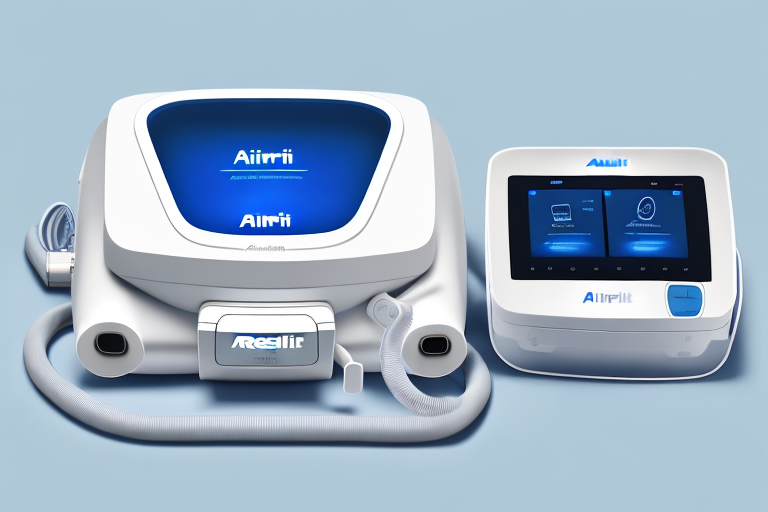
Comparing ResMed AirMini with Other Devices
With a plethora of respiratory devices available in the market, it becomes essential to understand what sets the ResMed AirMini apart from other alternatives.
Unique Selling Points of ResMed AirMini
One of the key distinguishing factors of the ResMed AirMini is its portability. Unlike traditional respiratory devices, the AirMini’s compact size and lightweight design make it an ideal companion for individuals on the go. This allows users to maintain their respiratory health consistently, regardless of their location.
Why Choose ResMed AirMini Over Other Devices
The ResMed AirMini is not only portable but also a powerful and technologically advanced respiratory device. It combines cutting-edge features with user-friendly functionality, making it a preferred choice for individuals seeking effective respiratory care. The device’s automatic pressure adjustment and intuitive interface provide a seamless user experience, ensuring optimal therapy without any hassle.
Making the Most of Your ResMed AirMini
To maximize the benefits of the ResMed AirMini, it is important to understand how to use the device effectively and maintain its performance.
Tips for Using ResMed AirMini Effectively
Using the ResMed AirMini effectively involves a few key considerations. Firstly, it is important to adhere to the recommended usage guidelines provided by healthcare professionals. This includes wearing the mask properly, ensuring a secure fit, and cleaning the device regularly to prevent the buildup of dust and germs. Additionally, making required adjustments to the device’s settings, such as ramp time and humidity levels, can significantly enhance user comfort and therapy effectiveness.
Maintaining Your ResMed AirMini for Optimal Performance
To ensure the optimal performance of the ResMed AirMini, proper maintenance is essential. Regularly cleaning the mask, tubing, and humidifier components is crucial to prevent the growth of bacteria and maintain hygiene. Additionally, promptly replacing worn-out parts and filters will help to sustain the device’s effectiveness and longevity.In conclusion, the ResMed AirMini offers an unmatched advantage in empowering respiratory health and managing sleep apnea. With its advanced features, compact design, and ease of use, it enables individuals to take control of their respiratory health and enjoy a restful night’s sleep. By embracing this innovative solution, individuals can unlock a healthier, more energized life.
